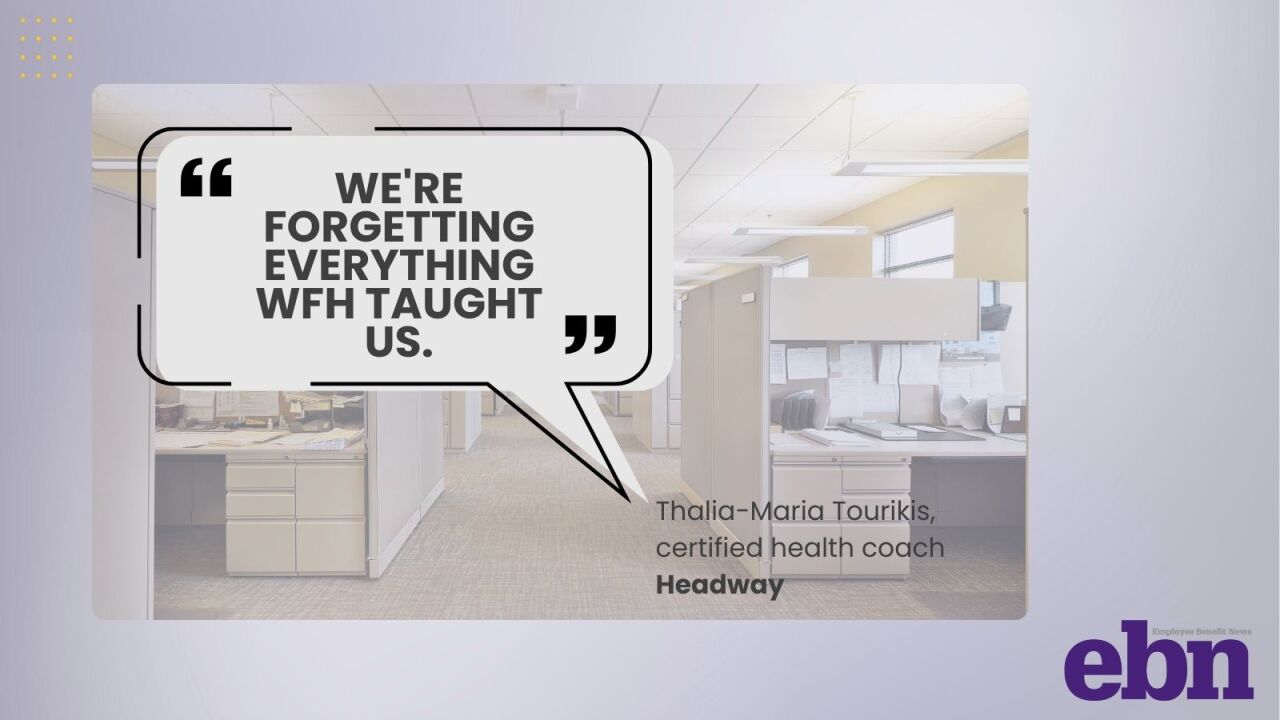The way your employer clients
What I've repeatedly seen in over 20 years of working in the HR industry is that when
This is why intentions to improve communication should ideally involve an employee-first HR communication strategy – one where the focus is not just on what is said, but what employees need to hear and then act on.
Read more:
Here's how such a strategy can be created:
1. Getting to know employees
The first step would be understanding how employees prefer to communicate. After all, employees are an organization's main audience. So, who are they and who is being spoken to? To find these answers, encourage your clients to run a pulse survey on communication preferences. The survey should include questions such as: Do you prefer in-person updates, intranet or a team communication platform? Another suggestion is to host small focus groups with both remote and in-office employees to get different perspectives. And, finally, it's important to observe the interactions between employees in current communication channels. Take note of where they are most active vs. where they ignore updates — and make changes to this approach accordingly.
2. Picking communication channels wisely
Once the organization understands how employees prefer to communicate, they'll need to be mindful of where information is shared. Of course, different types of information will require different channels. So, your client may use a team communication app (we use Pumble, for example) for day-to-day updates, reminders and informal communications. Sensitive information or feedback always should be communicated in person to the employee in question — just like upcoming events or team highlights can be covered through newsletters. Also, it's best to keep vital policies, forms, benefits and company rules in one place and easily accessible to everyone, such as in a knowledge base and wiki where new information can be updated regularly.
Read more:
3. Being clear, straightforward and empathetic
Apart from deciding where information will be shared, your clients also need to be mindful of how they share information. They need to make sure that shared information is relevant and they're clear, empathetic and straightforward in their delivery. Also, it's important to keep in mind that employee-centered communication asks for transparency and honesty instead of sugarcoating. This fosters trust and ensures employees feel respected. For example, when announcing major changes, the organization needs to explain why they're happening. Team leaders will need help dealing with the employee feedback that'll ensue. One such approach is to organize a 30-minute prep meeting that will provide answers to FAQs and cover necessary talking points.
4. Listening to employee feedback
Good employee-first communication revolves around intently listening to what employees have to say as much as it revolves around delivering information to them. So, it's vital to seek feedback from employees periodically and use anonymous surveys to ensure honest feedback is gathered. Additionally, your client can pick a day or few hours a week for an open-door practice where employees can approach HR and managers to discuss what's bothering them. And make sure they follow up with feedback loops and share what was done in relation to what employees asked them to do.
Read more:
5. Having clear communication processes
Standardizing communication processes will help your client better align messages, avoid confusion and be prepared for various situations. They should define recurring events such as new-hire onboarding, policy updates, new benefits or even specific crisis situations and how they'll be handled in terms of communication. Ready-made templates for all these communication situations will help outline what will be said and treat every employee equally because they'll each get the same information in the same way.
A well-implemented employee-first communication strategy not only creates a more positive work culture, it also directly improves employee engagement and retention rates, as well as productivity levels. Apart from ensuring the communication strategy is infused with empathy, transparency, relevance and clarity, it's also important to keep it flexible and easily adapt to new situations so that it can grow with your client's teams.






